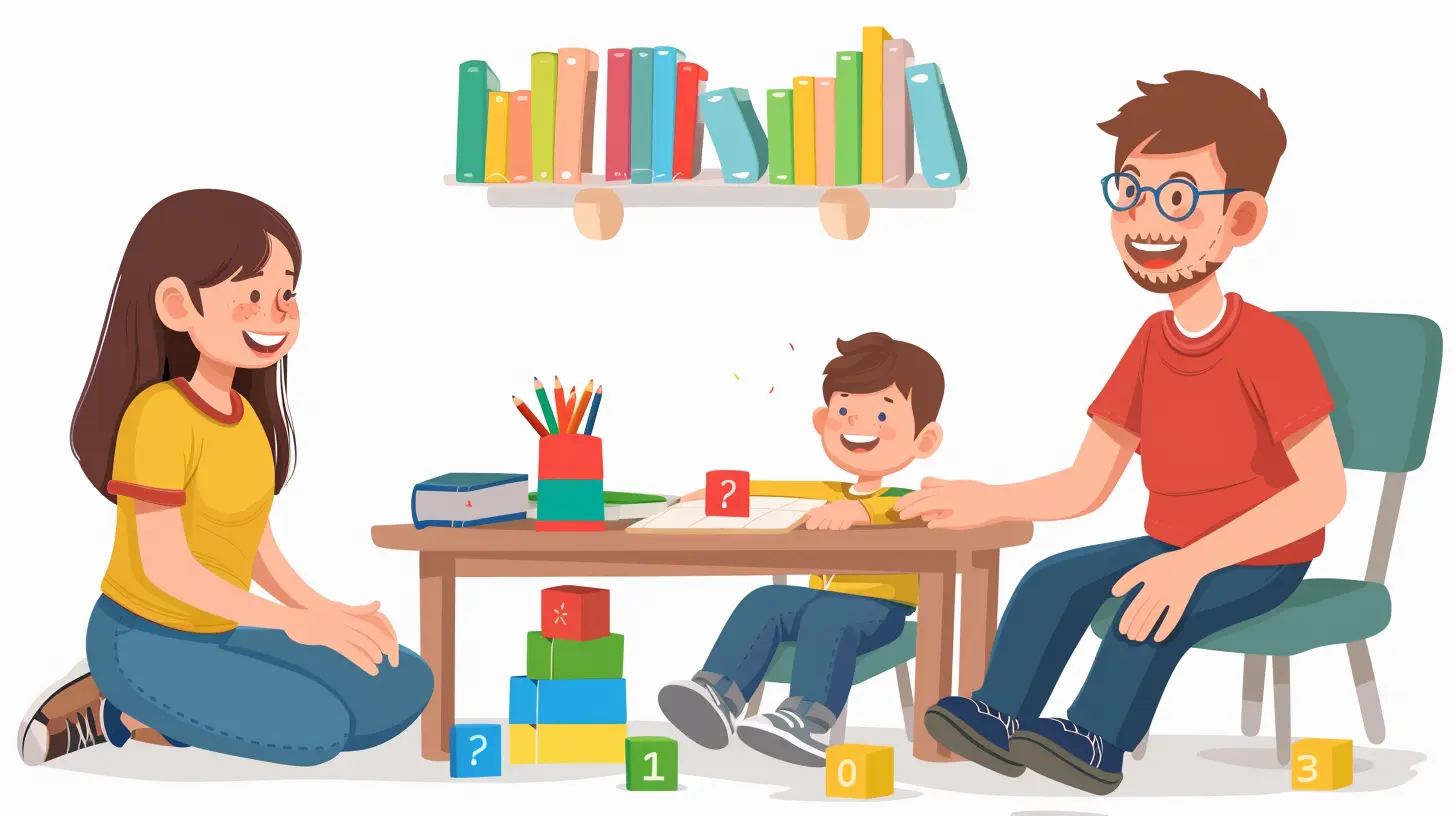27 April 2025
Parenting a child with special needs comes with its own set of challenges and rewards. One key tool that can make a world of difference in your child's education is an Individualized Education Program (IEP). But what exactly is an IEP, and how can you, as a parent, make sure your child gets the support they need?
If you've ever felt overwhelmed by meetings, paperwork, and educational jargon, you're not alone. This guide breaks it all down in simple terms so you can confidently advocate for your child.
What Is an IEP?
An Individualized Education Program (IEP) is a legal document under the Individuals with Disabilities Education Act (IDEA). It outlines the specific services, goals, and accommodations a child with a disability will receive in school. Think of it as a customized roadmap designed to help your child succeed.IEPs are for students who qualify for special education services due to a disability that impacts their learning. It’s not a one-size-fits-all plan—it’s tailored to meet your child’s unique needs.
Who Qualifies for an IEP?
Not every child with learning difficulties qualifies for an IEP. Schools evaluate students to determine if they meet the criteria under IDEA. Common qualifying conditions include:- Autism Spectrum Disorder (ASD)
- Attention Deficit Hyperactivity Disorder (ADHD)
- Dyslexia and other learning disabilities
- Speech or language impairments
- Emotional or behavioral disorders
- Hearing or vision impairments
If your child struggles in school and you suspect they need extra support, you can request an evaluation in writing. The school is required to complete it within a specified time frame.
The IEP Process: Step by Step
The IEP process may feel like a complicated maze, but breaking it down into simple steps can make it easier to navigate.1. Requesting an Evaluation
If you or your child’s teacher notices learning challenges, you can formally ask for an evaluation. This involves various assessments by specialists to determine if your child qualifies for special education services.2. Eligibility Determination
Once evaluations are complete, the school holds a meeting to review the results. If your child is found eligible, the IEP team moves forward to create a personalized education plan.3. Developing the IEP
This is where the real work happens. The IEP team—which includes you, teachers, school staff, and sometimes even your child—meets to draft a plan. The IEP will include:- Current performance levels – What are your child’s strengths and challenges?
- Annual goals – What skills or progress should your child work toward?
- Special education services – What kinds of support and accommodations will be provided?
- Participation in general education – How often will your child be in a regular classroom?
- Standardized testing accommodations – Will your child need extra time or a different format?
- Transition planning (for older students) – Preparing for life after high school.
4. Reviewing and Revising the IEP
An IEP isn’t set in stone. It’s reviewed at least once a year to make sure it still meets your child’s needs. If things aren’t working well, you can request a meeting at any time.
What Should You Expect at an IEP Meeting?
IEP meetings can seem intimidating, but they don’t have to be! Here’s what typically happens:- Introductions: Everyone at the table will introduce themselves and their role in your child’s education.
- Review of evaluation results: If it's an initial meeting, the team will go over assessment findings.
- Goal setting: The team will discuss academic and behavioral goals for your child.
- Service planning: You'll go over the support, accommodations, and modifications your child will receive.
- Parental input: Your voice matters! You know your child best, so don’t be afraid to advocate for what they need.
Pro Tip: Come prepared with notes, concerns, and questions. If something feels off, don’t feel pressured to agree immediately. Take your time!
Your Rights as a Parent
As a parent, you have specific rights under IDEA, including:- The right to request an evaluation.
- The right to be involved in IEP meetings.
- The right to dispute decisions you disagree with.
- The right to access your child’s educational records.
If you ever feel that your child’s needs aren't being met, you have options. You can request mediation, file a complaint, or seek legal assistance if necessary.
IEP vs. 504 Plan: What's the Difference?
Many parents hear the terms IEP and 504 Plan and assume they’re the same. While both provide support for students with disabilities, they serve different purposes.| Feature | IEP | 504 Plan |
|---------|----|---------|
| Law | IDEA | Section 504 of the Rehabilitation Act |
| Who Qualifies? | Students who need specialized instruction | Students who need accommodations but not specialized instruction |
| Services Provided | Special education, modifications, accommodations | Classroom accommodations (extra time, seating adjustments, etc.) |
| Monitoring | Requires an annual review | No annual review required, but recommended |
If your child has a disability but doesn’t need special education, a 504 Plan might be a better fit.
Tips for Parents: How to Be a Strong Advocate
Advocating for your child’s education can feel overwhelming, but there are ways to make the process smoother.1. Stay Informed
Read up on IDEA and your child’s rights. Schools sometimes make mistakes, and being knowledgeable helps you catch them.2. Keep Records
Maintain a folder with evaluations, meeting notes, emails, and reports. This documentation can be useful if disputes arise.3. Communicate with Teachers
Building a good relationship with your child's teachers ensures you stay in the loop about their progress.4. Don’t Be Afraid to Speak Up
If you disagree with the school’s decisions, push for changes. You are your child’s best advocate!5. Seek Support
There are plenty of parent advocacy groups and online communities that provide guidance and emotional support.Final Thoughts
Understanding your child’s IEP is crucial for ensuring they get the education and support they deserve. At first, it might seem like a mountain of paperwork and meetings, but once you break it down, it’s just a personalized plan to help your child thrive.Remember, you’re not in this alone. Stay engaged, ask questions, and advocate for your child's needs. With the right support system in place, your child can succeed in school and beyond.




Ingrid McMurtry
Great insights! This guide will empower parents navigating their child's IEP journey.
April 28, 2025 at 2:45 AM